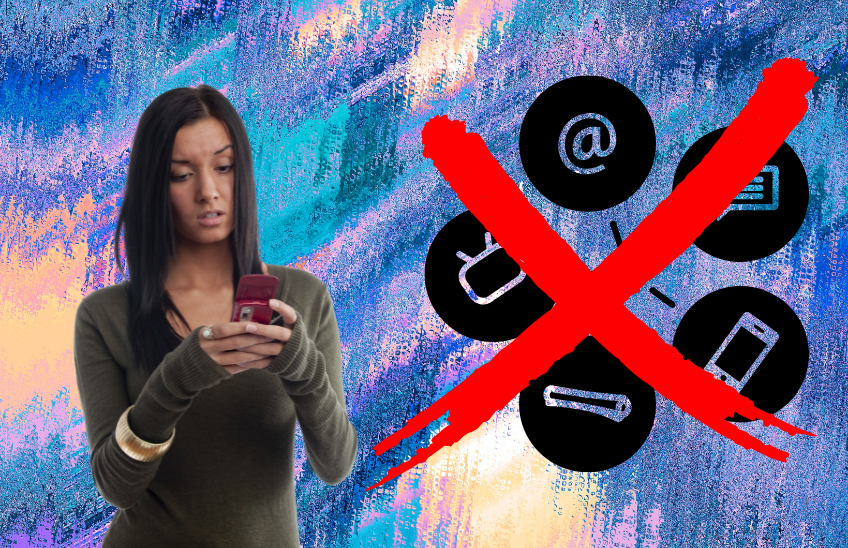As each new generation comes of age, society shifts, with the youngest driving the trends and the rest begrudgingly following. Marketing and advertising are typically very responsive to these changes and have created some memorable and iconic campaigns through a lot of trial and error. But Gen-Z poses a new challenge to marketers. The oft-talked-about generation was raised in a time where technology was deeply endemic to their lives, advancing at a breakneck speed and heavily focused on deeper development of social platforms. They were also raised amid massive global and societal changes.
Gen-Z has very different expectations for their lives and how they interact in the world, including with brands and organizations, which understandably creates a lot of uncertainty among marketers. So with that in mind, let’s dive into what Gen-Z expects.
New and Cutting Edge
The internet has simultaneously made the world bigger and smaller, while lightning-fast broadband and mobile internet have offered access to nearly all information within seconds. For marketers, this means that your next campaign needs to be grounded in a solid understanding of Gen-Z, insightful and relevant creative, and an authentic expression of your product, service, or message. Take the time to develop a concept you believe in or find a partner that can help you through the process.
With new emerging social platforms seeing massive adoption every 4-5 years, you need to ensure that your marketing can adapt in a way that’s well-suited to each use case. Your posts on Instagram might be performing well in that environment, but are they right for TikTok? Each platform requires a unique approach, and reusing the same content on every platform is not an effective strategy. Make sure that you prioritize the platforms that align with your marketing goals and detach your brand from platforms your audience no longer uses.
Impactful
For Gen-Z, shopping goes deeper than a transaction. It’s investing in causes and companies that align with their morals. Gen-Z expects the companies they support to positively impact the world, and they want to see them doing it transparently and tangibly. Beyond giving money to important causes, brands need to develop a strategy for engaging in discussions around important issues like racial justice and climate change. There have been some notable examples of this over the past several years, including some successes and some flops. Here are some of our favorite brand wins:
- In 2020, Sephora expanded its Beauty Insiders rewards program, allowing its customers to put their points towards charitable donations. Nonprofits that have benefited from this include Best Buddies International, The National Black Justice Coalition, and Rare Impact.
- In 2021, over 100 cosmetic and beauty brands paused their social media presences to urge their customers to contact their legislators and push for climate action. This action was organized during Climate Change Week by CodeRed4Climate and reached over 50 million social media users.
DE&I
Gen-Z wants to see the diversity of the world reflected in the media and advertising they consume. They want voices from people of color to be heard, listened to, respected, and credited. Your campaigns need to reflect this—as does your company’s culture, values, and leadership—and Gen-Z will happily call you out if it doesn’t. Expand your marketing team (and every team) to ensure that a diverse range of voices is heard and reflected, and be sure to engage a diverse and inclusive set of creators for any peer-led campaign. Through your content strategy, you can ensure that these values are represented effectively.
Most importantly, you need to back up the talk with the walk and put in the work to make sure your efforts are effective and well-received. In 2015, Starbucks launched its “Race Together” campaign to spark conversation about race with customers. The campaign received a lot of criticism, with customers calling the entire move patronizing and tone-deaf. In 2018, Starbucks closed over 8,000 stores nationwide for racial bias training after two African American men were arrested for simply sitting in a Starbucks, which further hurt the company’s standing.
Social Responsibility
We talked about how Gen-Z consumers want to see their favorite brands put their time, money, and energy behind good causes. They also want to see brands acting as responsible corporate members of society. This extends to environmental impact, impact on workers’ rights, and more. Climate change is one of the most pressing issues to Gen-Z and is a very real threat to their lives and the lives of future generations. It’s essential to take the time and devote the resources to accurately assessing your company’s environmental impact. If your company is making a positive environmental impact, communicate this in a way that’s authentic to your brand and its mission. And if your company is falling short, take time to reevaluate your practices and communicate your plans to lessen your climate impact.
Worker’s rights are also a huge area of concern for Gen-Z, and it’s just as important to be a good employer as it is a desirable consumer brand. Gen-Z wants to see that brands treat their employees with respect and supports them with progressive policies. They want to see people paid living wages, have access to benefits, and operate in healthy and safe working conditions.
So Now What?
There’s a lot here to communicate, and it doesn’t need to happen all at once. For every organization, betterment is a work in progress. Every post shouldn’t focus on the issues discussed above; instead, you should develop your brand, marketing, and social strategies through the lens of how Gen-Z views the world. As a marketing team, a lot of what we discussed may be entirely out of your control, in which case, it’s a great time to challenge leadership to enact real change and find a way to talk about it with your community and consumers. It’s never too early or too late to be the change you want to see in the world.



